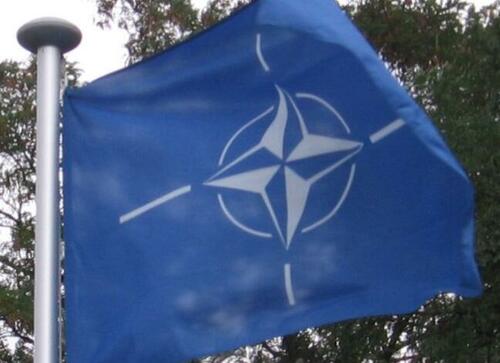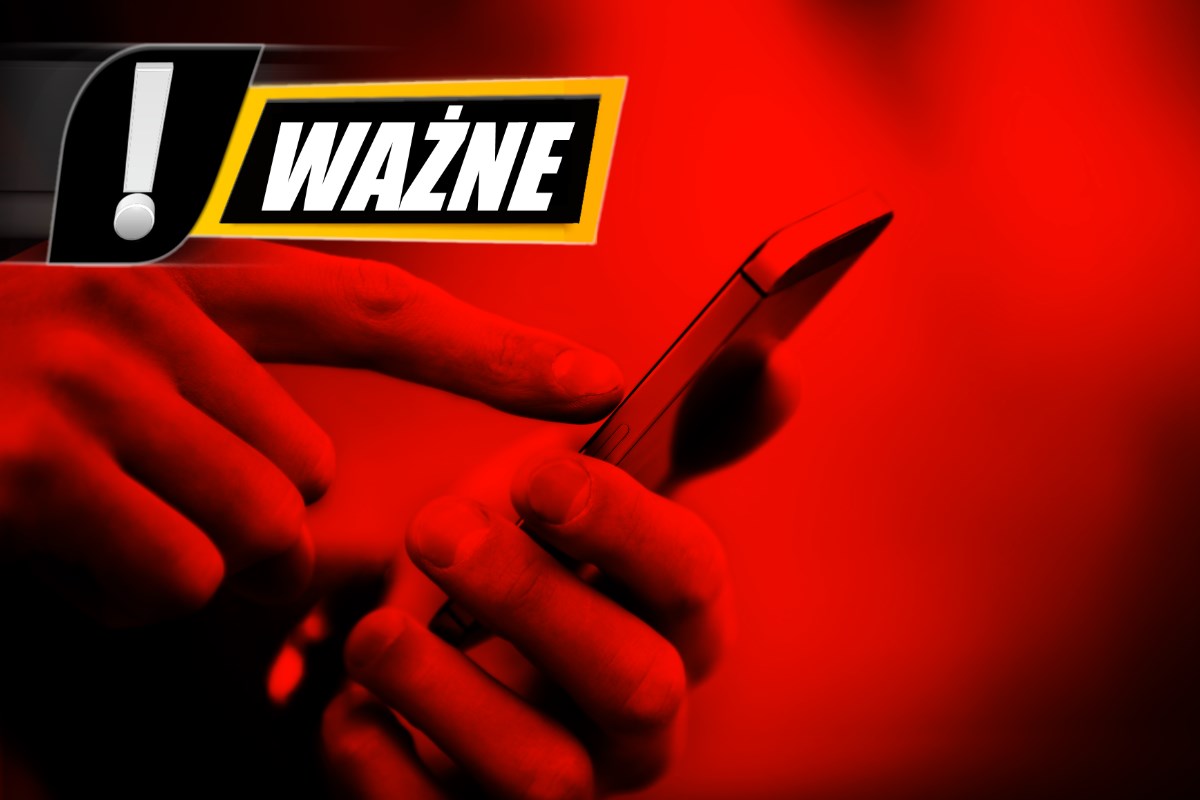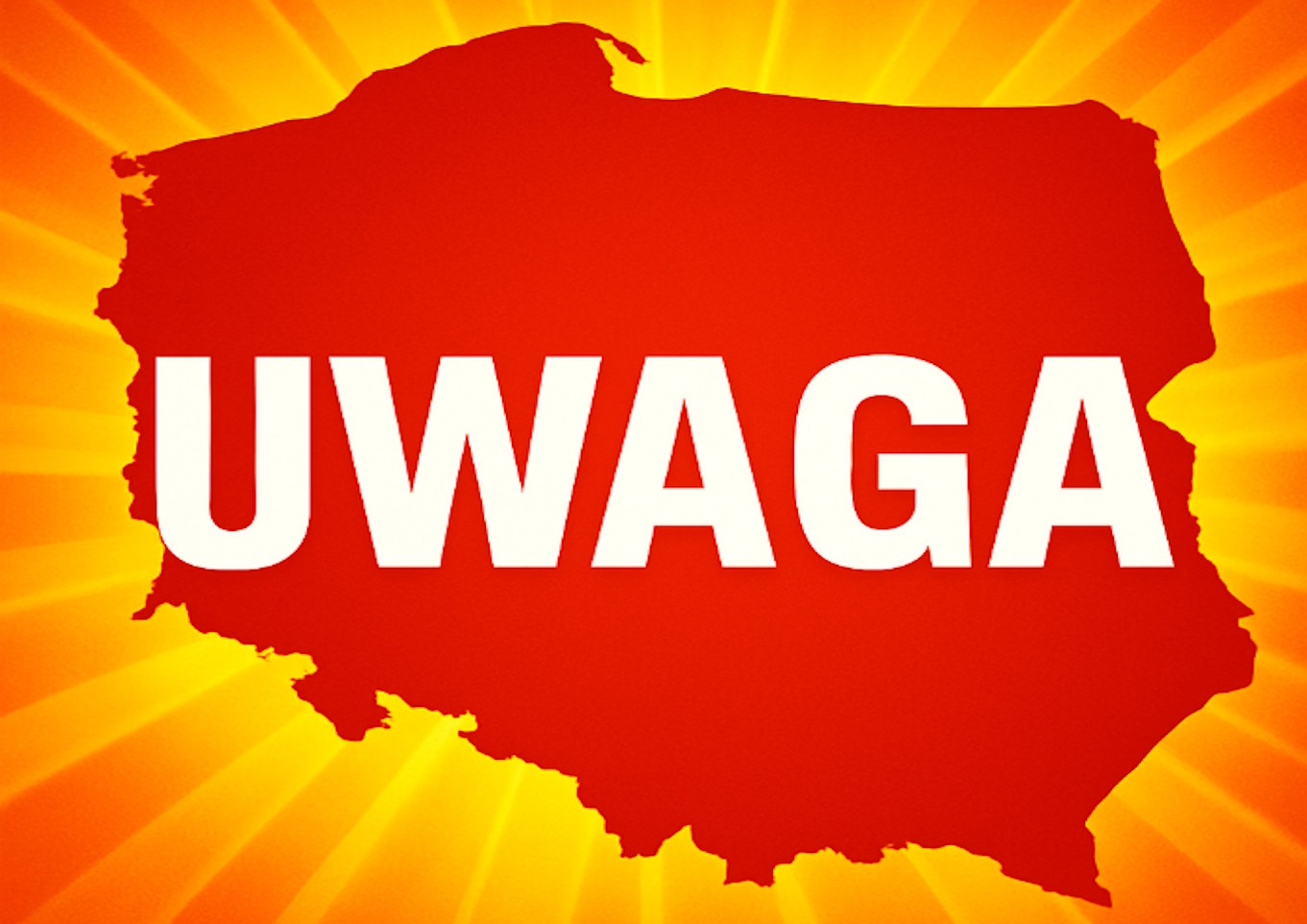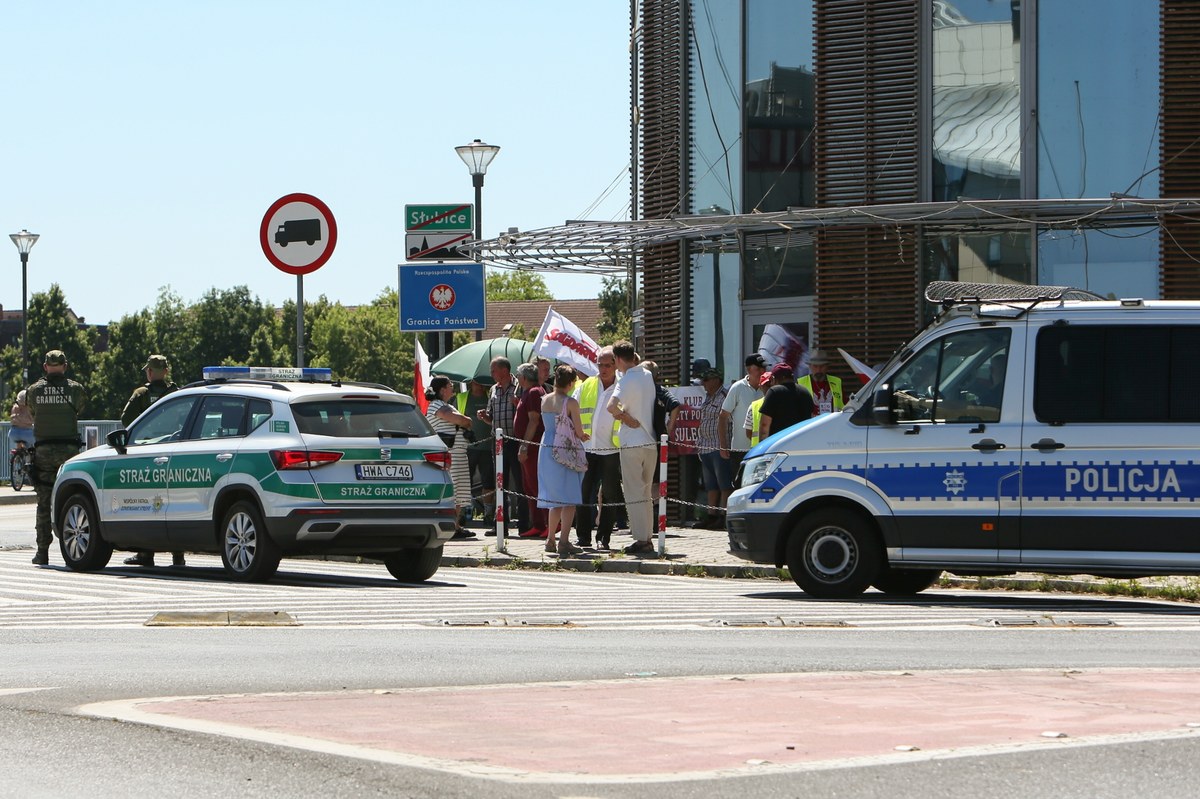
NATO Is A Corpse
Authored by Andrew Latham via RealClearDefense,
NATO is a corpse. All that remains is the grotesque performance art of a diplomatic zombie stumbling from summit to summit, mouthing tired clichés about “shared values” and “burden sharing,” even as its core strategic logic lies rotting beneath the surface. The Atlantic Alliance, once the steel scaffolding of Western security, has become a hollow ritual. Its military readiness is an illusion. Its political cohesion is fraying. Its future, if it has one, lies not in revival—but in reinvention or replacement.

This is not a triumphalist declaration from the Kremlin or Beijing. It is a sober diagnosis, grounded in realism and restraint. And it should be a wake-up call in Washington, Ottawa, Berlin, and beyond.
NATO’s death was not caused by Donald Trump, though he may soon become its undertaker. Nor was it caused by Vladimir Putin’s invasion of Ukraine, though that war has exposed the Alliance’s hollowness in ways no war game or communique ever could. The real cause lies in decades of European free-riding, American strategic drift, and a foundational lie at the heart of the Alliance: the idea that an empire can masquerade as a collective defense pact without consequences.
Let’s start with the numbers. Most NATO members still do not meet the 2 percent of GDP defense spending benchmark, despite years of promises and performative panic. Canada, which has taken freeloading to an art form, has shown no serious intention of meeting its obligations. As I’ve written elsewhere, Trudeau’s empty pledges mask a decaying defense industrial base, a stagnant recruiting system, and an Arctic strategy made of snow and sentiment.
Germany—the economic motor of Europe—still can’t field a combat-ready army for more than a few weeks at a time. The Bundeswehr is a shell. Its special fund is already mostly spent, and its political class remains addicted to strategic ambiguity and military minimalism. France wants “strategic autonomy” but lacks the scale and will to lead Europe alone. Poland, despite its impressive rearmament, cannot carry the continent’s defense burden on its shoulders—certainly not while Berlin dithers and Washington increasingly looks west, not east.
Meanwhile, the United States—still NATO’s military backbone—faces a fiscal cliff, a recruitment crisis, and an overstretched force posture. The era of limitless resources is over. American global primacy has ended. Multipolarity has arrived. The U.S. must now prioritize. And that means making hard choices about where its forces are truly needed—and where others must finally step up or face the consequences.
The war in Ukraine has laid these contradictions bare. NATO as an institution is not fighting the war. The United States is. Some European countries are helping—but most are hedging. NATO has been bypassed in favor of bilateral and ad hoc coalitions. Article 5 hasn’t been tested, and it may never be. The idea that NATO is “more united than ever” is a comforting fiction, trotted out to conceal the fact that the Alliance can no longer mount a serious, conventional defense of Europe without massive and prolonged American escalation.
Even the so-called Nordic expansion—Sweden and Finland joining NATO—has not changed the equation. It’s a strategic sideshow. Unless Europe can build up a credible, conventional deterrent in the East, without expecting Washington to always bail it out, the Alliance will remain a Potemkin village: flags, acronyms, and summits without substance.
Trump’s likely return to the White House in 2025 should not be viewed as a cataclysm but as an overdue reckoning. He will not end NATO. He will force Europe to decide whether it is willing to pay for its own defense or not. He will not blow up the Alliance. He will make it answer for its contradictions. And that, frankly, is what a serious ally should do.
Some critics will scream that this is the death knell of the “rules-based international order.” But the order they mourn was already breaking down—long before Trump, long before Ukraine, long before Brexit or Crimea. What we are witnessing is not a collapse but a transition: from the illusion of Atlanticism to the reality of multipolarity. And NATO, if it is to matter at all in this new world, must either become a true European-led military alliance with American support—or fade into history like SEATO and CENTO before it.
This doesn’t mean abandoning Europe to Russian domination. It means telling uncomfortable truths. Europe is rich. Europe is populous. Europe is not helpless. The United States can and should support its European allies—but it should not subsidize their illusions indefinitely. A more self-reliant Europe is not a threat to American interests; it is a precondition for strategic focus on the North Pacific, the Arctic, and the Western Hemisphere—where the real contests of the 21st century will be decided.
In my writing here and elsewhere, I have repeatedly argued that Canada must stop pretending it is a global power and start acting like what it is: a North Pacific, Arctic, and North Atlantic state. That means prioritizing regional defense, rebuilding naval and aerospace capabilities, and getting serious about continental defense. NATO is not the vehicle for that anymore—if it ever was. For Canada, continuing to hide behind NATO rhetoric while failing to meet even the most basic obligations is not only cowardly—it is dangerous.
A dead NATO still carries risks. Strategic ambiguity, brittle expectations, and performative deterrence are a recipe for miscalculation. The Alliance’s political leadership must either acknowledge the need for transformation or risk a future crisis that reveals, in real time and in blood, what we already know: that the emperor has no tanks.
The solution is not sentimental nostalgia. It is clear-eyed realism. NATO in its current form is not worth saving. But its core idea—collective defense among likeminded powers—still has value. What’s needed is a reset: a reimagined Euro-Atlantic security framework led by capable European states, with American support but not American dominance. A NATO that deters by capability, not by assumption. A NATO that can say no as well as yes. A NATO, in short, that lives in the real world.
The alternative is strategic decay. A slow slide into irrelevance. More summits, more selfies, more hollow communiqués. Until, one day, NATO doesn’t die with a bang—but with a bureaucratic whimper.
That future is already here. NATO is dead. The only question now is what comes next—and whether we have the courage to build it.
Andrew Latham,Ph.D., a tenured professor at Macalester College in Saint Paul, Minnesota. He is also a Senior Washington Fellow with the Institute for Peace and Diplomacy in Ottawa and a non-resident fellow with Defense Priorities, a think tank in Washington, DC.
Tyler Durden
Sat, 04/12/2025 – 07:00
















